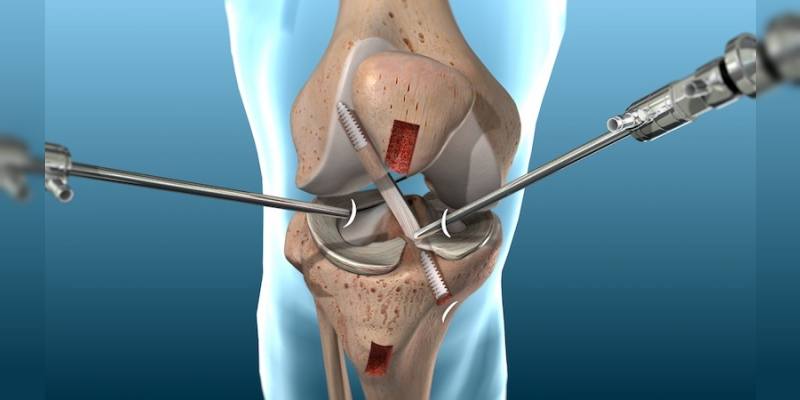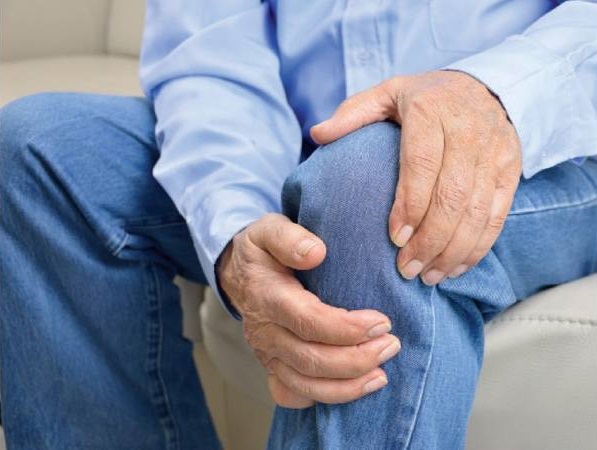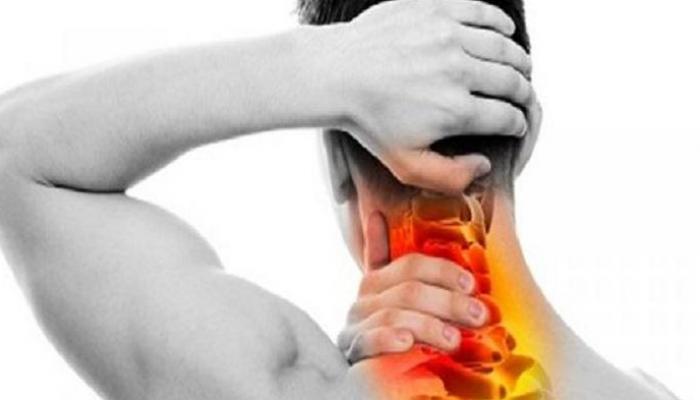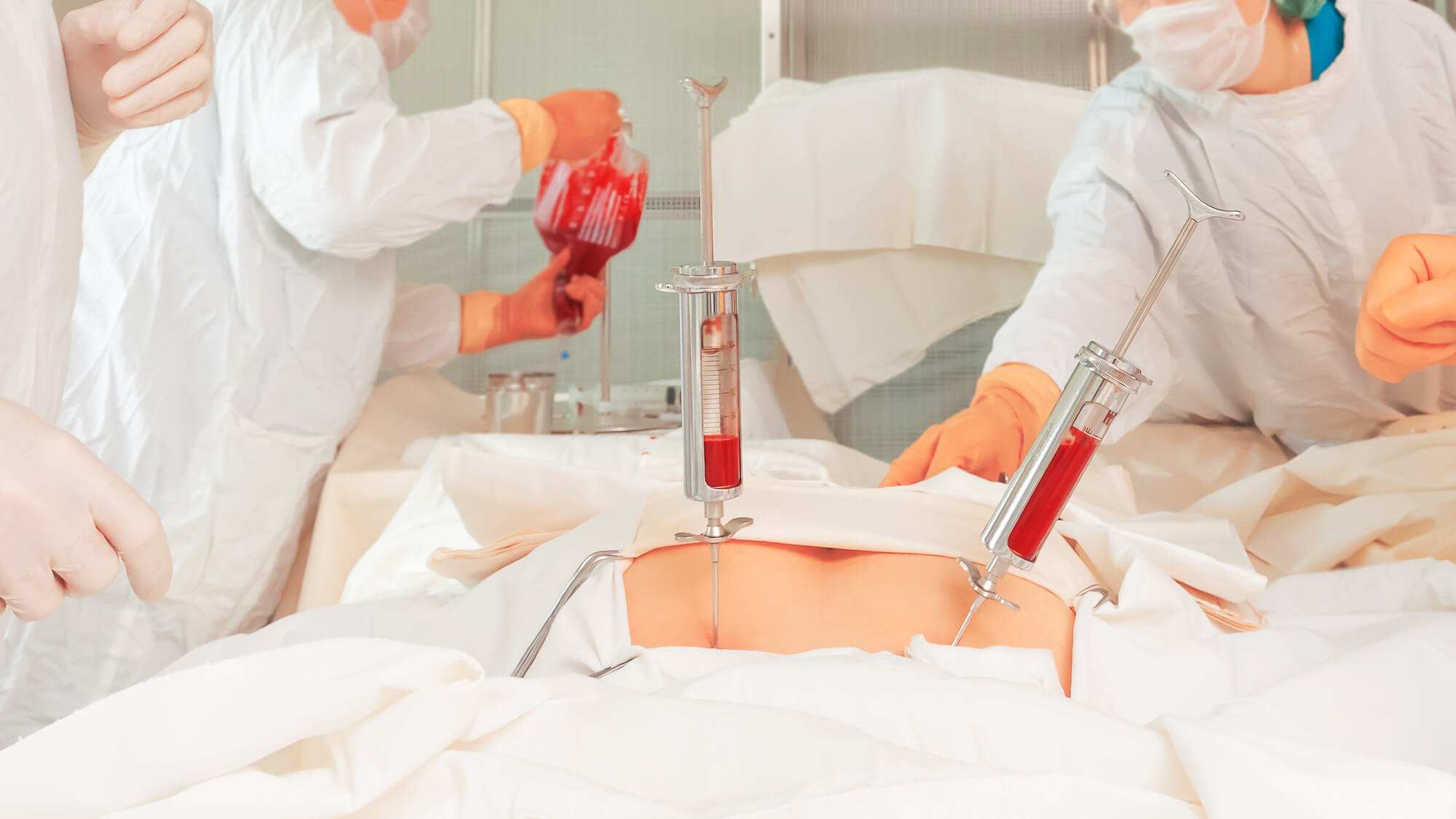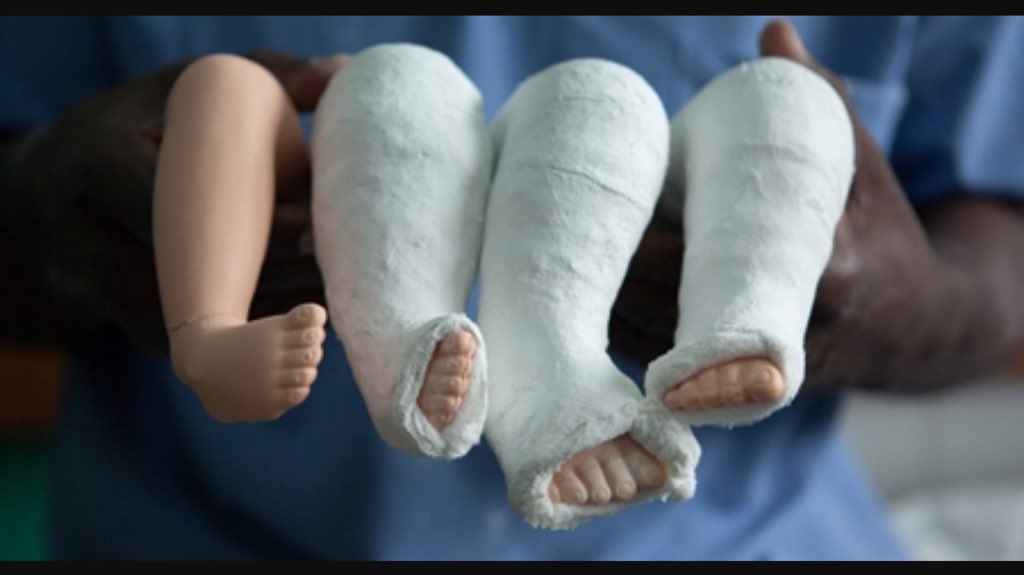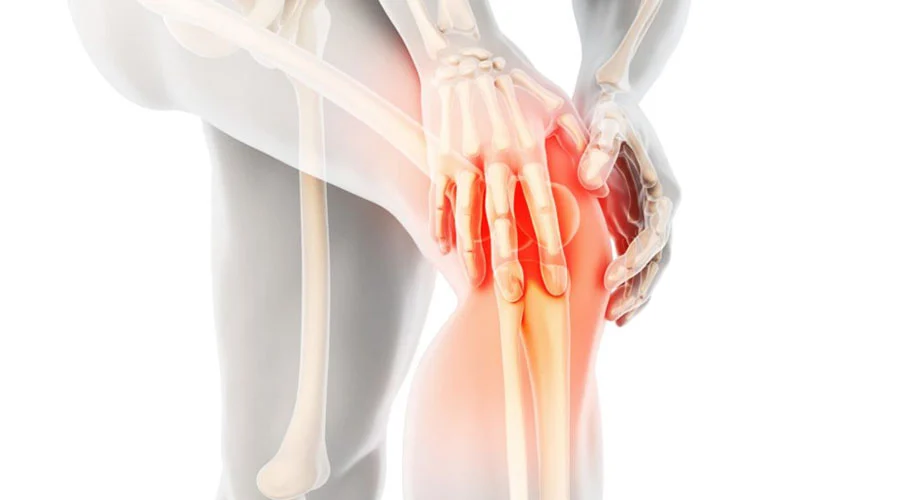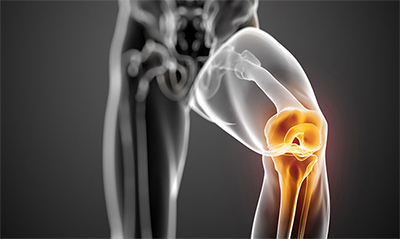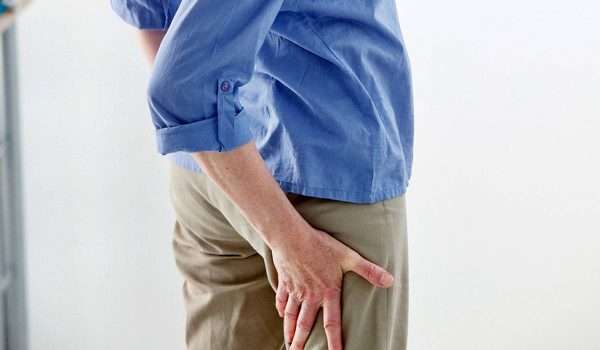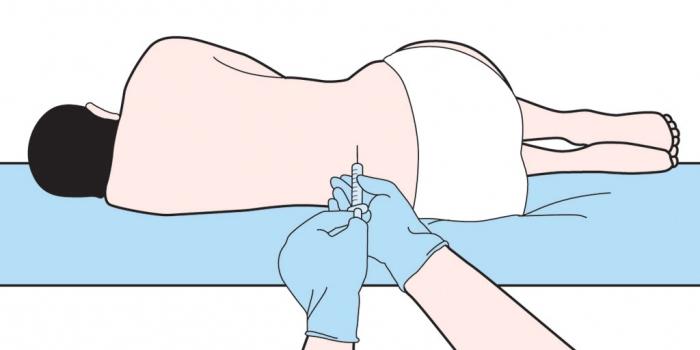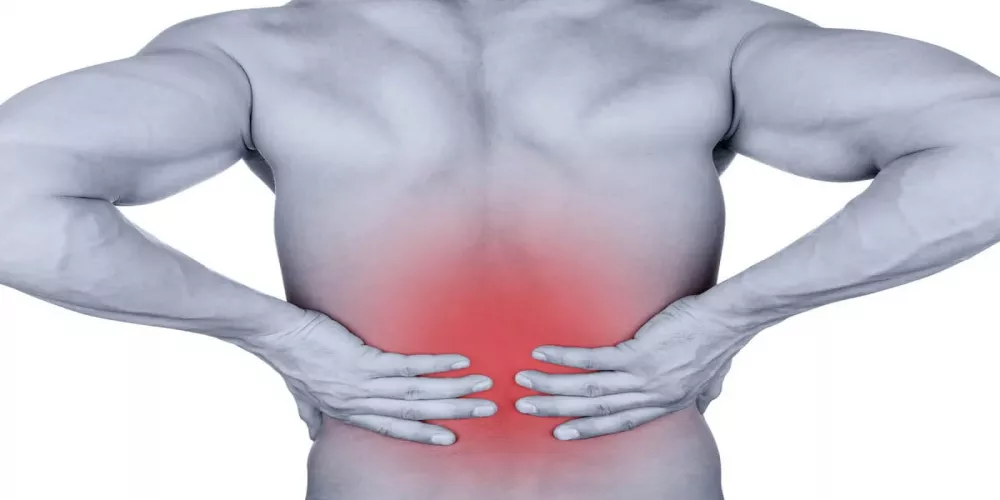Learn more about knee cartilage cutting
Knee cartilage is essential and its function cannot be underestimated at all because of its significant impact on the movement of the individual and his ability to carry out his daily activities normally. Follow the following article to learn about cutting the knee cartilage and how to deal with it when injured.
Knee cartilage cutting
Knee cartilage is a kind of flexible connective tissue that covers the ends of the bones and greatly facilitates joint movement and prevents friction. Therefore, exposure to a cut in the cartilage impedes the movement of the individual well and he is not able to bend the knee or move it in any direction without feeling severe pain, and this cut may occur as a result of several reasons, such as a direct strong collision in the knee or exposure to an accident, and the cartilage pieces are divided into different degrees according to the severity of the injury.
- First degree: the softness of the cartilage is noted, and this is accompanied by swelling and severe pain that impedes movement.
- The second degree: there are external cracks in the cartilage that do not exceed 1.5 centimeters and do not reach the bones that are below the cartilage.
- The third degree: the occurrence of very deep cracks in the cartilage exceeding 1.5 centimeters, and in this case the crack may reach the bone below the cartilage or not, depending on the severity of the injury.
- Fourth degree: This injury is very serious than others, as the bones are completely exposed.
Knee cartilage cut treatment
Some treatment methods can be followed at home if the cut in the cartilage is simple, for example:
- Wear knee braces to limit movement.
- Take plenty of rest and avoid any pressure on the affected foot.
- When sitting or relaxing, the affected foot should be kept elevated from the rest of the body with the help of some pillows.
- Doing cold and warm compresses alternately more than once a day, because of this great effectiveness in calming the inflammation.
- Take some analgesics to reduce pain, such as acetaminophen and ibuprofen.
Treatment of resected knee cartilage
It is possible to treat the severed cartilage in the knee by performing a tissue culture process, and this method is considered one of the most recent operations that have been reached in order to treat cartilage pieces, and it is most likely to rely on this method of treatment if the degree of cutting is large and cannot be treated by simple methods, and in that process, healthy cartilage tissue is cultivated after its growth in the laboratory instead of the infected tissue.
Duration of knee cartilage cut treatment
It takes 6 weeks for the cartilage cut to heal well, and during that period the patient must be very careful to follow the doctor’s instructions well and take plenty of rest, in addition to adhering to physical therapy sessions, making warm and cold compresses, and taking painkillers when needed, and in the event of movement during the treatment period, knee braces must be worn and crutches to prevent pressure on the affected area and exacerbation of its symptoms.
Exercises for the treatment of cut cartilage knee
- Straight leg raises: This exercise works to strengthen the quadriceps muscles, which are located in the front of the thigh, and the position of this exercise does not require much pressure on the knee, in order to do it, lie on the back on the ground or any equal surface, then bend one knee and place the foot flat on the ground and keep the other leg straight, then raise it to the level of the other foot, repeat this exercise 10 to 15 times.
- Back hamstring exercise: These muscles are located along the back of the thigh, to do it, lie on the abdomen and move the heel of the foot slowly towards the buttocks and stay in this position for a few seconds and it is repeated 15 times, a chair can be used in this exercise to help on balance.
- Wall squat: stand on the floor with your back against the wall and feet shoulder-width apart, then slowly bend the knees while keeping the back and pelvis against the wall, keep this position from 5 to 10 seconds and be careful not to over bend, if you notice pressure on the knee change your position immediately, do this exercise more than once and make sure to prolong the sitting time each time.
- Calf exercises: Get support from a chair, sofa, or wall, and this can also be done on the stairs with the help of the handrail and hanging the heels on the edge of the stairs, slowly raise the heels according to your ability and then go down again, repeat this exercise 10 to 15 times.
- Sit-up: Stand on the stairs and raise your foot on the highest step while maintaining the level of the pelvis. Bend the knee, lower the other foot slowly, and touch the toe. Repeat this exercise 10 to 15 times.
- Side leg raises: lie on one side and straighten the legs, bend the lower leg in order to get support, straighten the upper leg and raise it to 45 degrees and hold this position until 5 seconds have passed, lower the leg and rest for a while and repeat this exercise up to 15 times.
- Leg press: This exercise is done in an advanced stage of treatment, and it is done by sitting on the leg press machine with the leg and feet facing the support and flattening the foot on the footboard, working to adjust the back of the seat until it is comfortable for you, push the board away until your legs are extended and then bend them and return to the starting position, repeat this exercise 10 to 15 times.
Is it possible to live with a knee cartilage cut?
If the cut that the individual has been exposed to in the knee cartilage is very light, then the injured person may be able to live with it, and with time there is a possibility that this cut will heal if the doctor’s advice is followed in a good way and none of it is neglected, and the appropriate lifestyle for the individual is determined according to the severity of the injury, and the cartilage cut is diagnosed in the following ways:
- X-rays: X-rays are taken to ensure that there are no other bone fractures that may cause this pain. X-rays are taken that show the bones of the knee joint, but the meniscus cannot appear in those rays.
- Magnetic resonance MRI: It provides a clearer picture of the knee cartilage rupture, and it is considered one of the approved imaging techniques that directs a strong magnetic field that allows the soft and hard tissues of the knee to be shown, and for this reason, this method is a suitable solution for examining the meniscus and the extent of damage to it.
The knee cartilage cut
Knee cartilage injuries are more common among athletes and runners, and the reasons that lead to this occurrence include:
- Exposure to a strong and direct shock to the knee.
- Making some wrong moves repeatedly.
- Excessive stress on the knee area.
- Suffering from obesity.
In addition, some factors lead to an increased risk of cartilage cuts, such as:
- Getting old and over 60 years old.
- Inflammation of the joints, known as osteoarthritis.
- Previous injury to the anterior cruciate ligament.
- Men are more likely to suffer knee cartilage tears than women.
- Lifting heavy weights improperly.
- Practicing some types of sports, such as football.
Symptoms of knee cartilage cut
When an individual suffers a cut in the knee cartilage, symptoms may not appear immediately, but they begin to appear within 24 to 48 hours of exposure to the injury, and among the symptoms that appear on the person and infer that there is a cut in the knee cartilage are:
- Very severe pain when moving or trying to rotate the knee.
- The appearance of swelling accompanied by severe redness.
- Inability to straighten and bend the joint easily due to stiffness.
- A popping sound is coming from the bones.
- The presence of noticeable errors in the way of walking is similar to lameness.
- Joints become stiff, especially in the morning.
Recovery time from knee cartilage cutting
Recovering from cutting the knee cartilage requires the individual to be in a state of complete rest while being careful to follow the doctor’s instructions exactly, and fully recovering requires 6 weeks to ensure that the pieces are healed and fully recovered from it, and during that period the individual perseveres in physiotherapy exercises, warm and cold compresses, and taking painkillers when needed, and if recovery is not achieved despite this, then, in that case, the surgical solution is the best option.
Does knee cartilage cutting need surgery?
The knee cartilage injury does not require an operation except after exhausting all other attempts that the doctor advises the patient to make, which are physical therapy sessions through rehabilitation programs and some other methods, and the surgical solution is necessary if the pain does not decrease over time and no improvement appears on the individual with a stiff knee.
If a period has passed since other methods of treatment and no improvement appears in the individual or the cut heals, then in that case we need surgical intervention to restore the cartilage again, and when the restoration is successful, the cartilage can be cut by making very small incisions with the help of an arthroscope.
Herbal treatment of knee cartilage cuts
- Chamomile: Its effectiveness in resolving the problems of knee infections and cartilage erosion is because it contains beneficial substances such as flavonoids, luteolin, hydroxychloroquine, and coumarin, and they have a very effective role in treating knee leakage and swelling, in addition to reducing pain and calming nerves.
- Figs: contain high levels of antioxidants, and this plays a major role in treating cartilage erosion, in addition to containing vitamins and minerals that strengthen both nerves and cartilage.
- Cabbage: It contains a large number of vitamins and calcium, which treat cartilage erosion, in addition to the presence of high levels of fluids and plant fibers.
- Broccoli: It is considered one of the most important sources from which calcium can be obtained, in addition to its importance in healing many diseases. In addition, it has a great role in reducing pain resulting from the erosion of knee cartilage.
- Celery: It has many benefits that cannot be limited to the human body and are also included in many cooking recipes.
- Green beans: It contains a large number of proteins and amino acids that work to treat cartilage erosion and also help in rebuilding it, as well as nerves.


